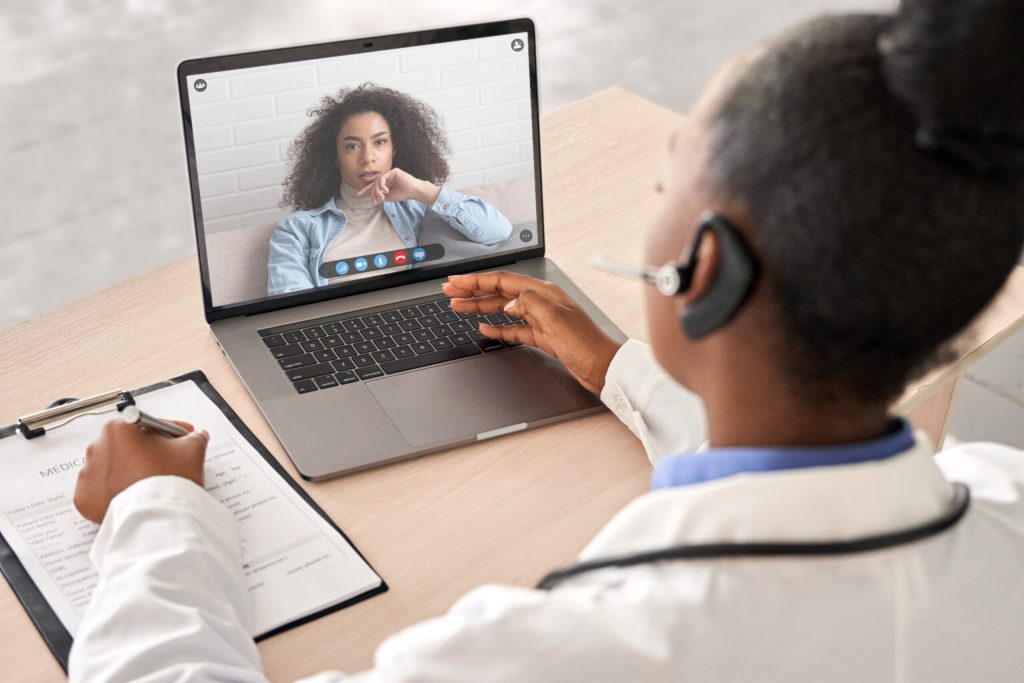What are the differences between a doctor certificate online and clinic-issued notes?

Medical certificates gained through digital platforms and traditional clinic-issued notes fulfil matching purposes but vary in acquisition approaches, processing speeds, and delivery formats. Both document categories confirm patient health states, justify workplace absences, and validate medical treatment needs. A doctor certifiate online carries the same legal standing as physical clinic notes when released by licensed practitioners following proper consultation protocols. Grasping distinctions between these documentation approaches helps patients pick fitting options based on urgency, convenience, and specific institutional demands. The expansion of telehealth services has built parallel frameworks for medical documentation that serve different patient requirements and circumstances.
Acquisition process variations
Traditional clinic certificates demand multiple steps covering appointment booking, physical travel, waiting room duration, face-to-face consultations, and document collection before departure. Patients generally spend one to three hours finishing this entire sequence, depending on clinic efficiency and appointment openings. Physical presence demands render this option taxing for those with mobility caps, transportation blocks, or harsh illness symptoms blocking travel. NextClinic shows modern telehealth services granting simplified pathways to medical documentation without geographic or mobility barriers. Patients finish the whole process from home, workplace, or any spot with internet connectivity, wiping out travel duration and physical waiting times.
Processing speed differences
Clinic-issued certificates hinge on appointment openings, which may span from same-day slots to weeks-long waiting stretches based on practitioner schedules and patient volumes. Walk-in clinics grant faster entry but frequently involve stretched waiting durations in reception zones before seeing doctors. Online platforms regularly produce faster outcomes through on-demand consultation frameworks where doctors maintain continuous availability:
- Instant platforms link patients with available practitioners within minutes.
- Consultation lengths generally cover five to fifteen minutes for plain cases.
- Certificate production happens right away, following consultation clearance.
- Electronic delivery hits patients within thirty minutes to two hours.
- Express service ranks guarantee delivery within specific spans for urgent requirements.
Traditional clinic frameworks rarely match these speeds unless patients attend during quiet stretches with immediate appointment openings and minimal administrative backlogs.
Cost structure variations
Clinic visit expenses generally cover standard consultation fees that range widely based on practitioner type, location, and healthcare system structures. Bulk billing choices may be open for certain patient categories under public healthcare schemes, though not all clinics join these programs. Additional costs span transportation, parking charges, and potential duration away from paid employment that brings financial implications. Online consultation fees frequently run lower than in-person equivalents due to cut overhead expenses for digital platforms. Some telehealth services grant competitive pricing structures built to undercut traditional clinic rates:
- Standard virtual consultations regularly cost less than physical appointments.
- Bulk billing openings shift between platforms and patient qualification criteria.
- Express service ranks add surcharges for promised rapid processing.
- Transportation and parking expenses get wiped out wholly.
- Duration efficiency cuts opportunity costs from missed work hours.
Price comparisons should weigh total expenses beyond base consultation fees to precisely gauge cost differences.
Medical scope limitations
Chronic disease handling, surgical follow-ups, and conditions with visible physical signs benefit from direct examination powers. Online consultations match plain cases covering common sicknesses, minor injuries visible through photographs, routine prescription renewals, and fitness-for-duty evaluations based on symptom reporting. Platforms screen patient requests to spot cases needing physical examination, redirecting these to traditional clinic pathways. Mental health consultations, medication handling talks, and second opinion requests frequently perform well through virtual formats without physical examination requirements.
Both certificate acquisition approaches hold legitimate spots in modern healthcare delivery, with optimal picks depending on individual circumstances, urgency demands, medical intricacy, and personal choices regarding privacy and convenience elements.







